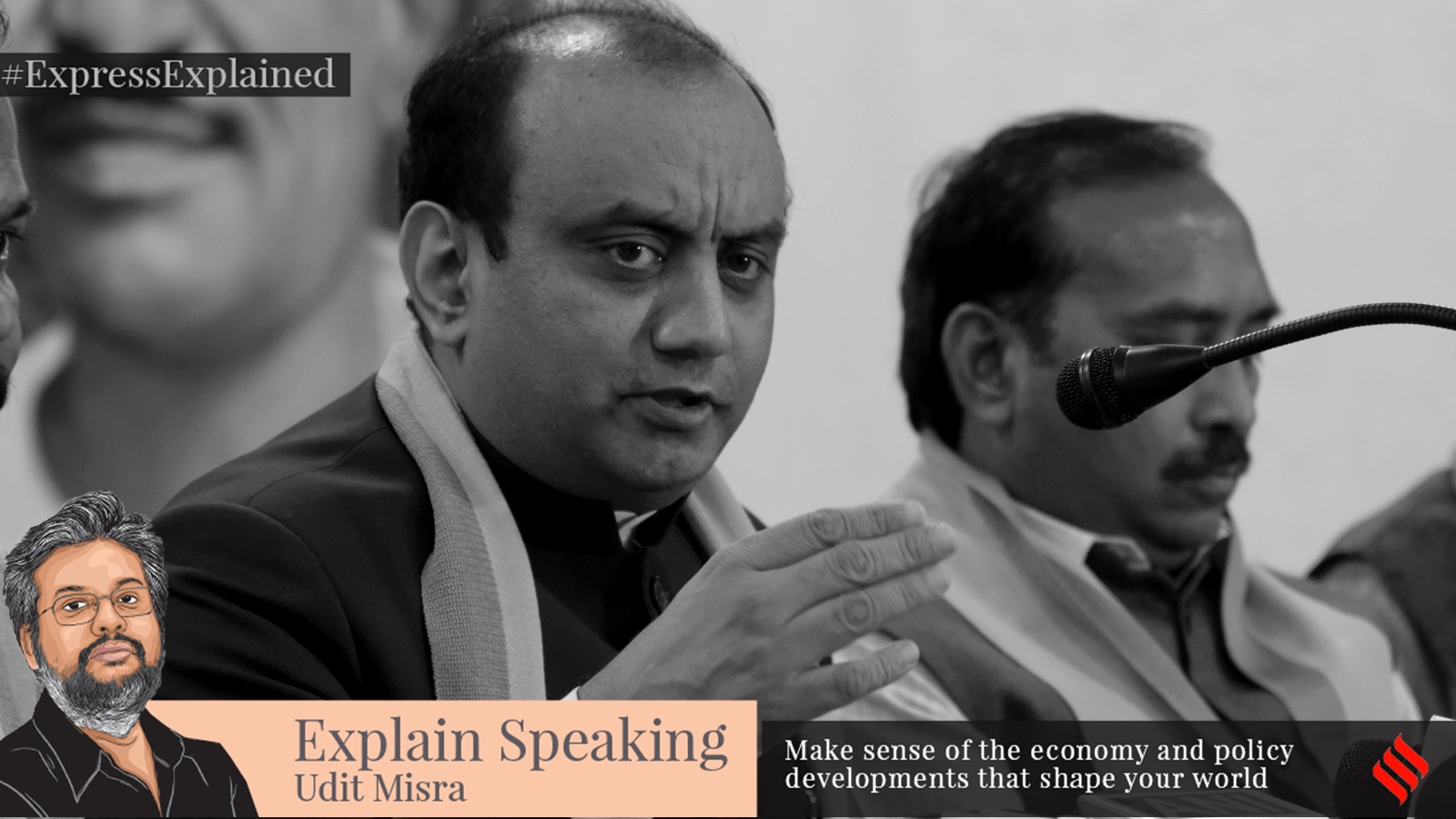December 17, 2023
Unveiling the Concept of ‘Hindutva Rate of GDP Growth’

Distinguishing from the ‘Hindu Rate of Growth’
- The term ‘Hindutva Rate of GDP Growth’ surfaced during a parliamentary discourse, differentiating itself from the economist Raj Krishna’s 1982 coinage of the ‘Hindu Rate of Growth,’ characterizing India’s 3.5% modest growth.
Decoding the ‘Hindutva Rate of Growth’
- The discussion stemmed from an MP attributing India’s recent 6.3% GDP growth to Prime Minister Narendra Modi’s policies, linking expenditure alignment to ‘Dharma’ or the order.
Rooting in Historical and Religious Context
- The MP correlated economic shifts with pivotal Indian events like the Ram Temple movement and the Babri Masjid judgment by the Supreme Court.
Analyzing Growth Rates in Depth
- Despite robust GDP growth, India’s per capita income lags behind developed nations, raising pertinent disparities.
Post-Covid Economic Calculation
- A 7.8% ‘Hindutva Rate of Growth’ excludes the pandemic year, offering a distinct perspective on post-Covid economic resurgence.
Contrast with the ‘Hindu Rate of Growth’
- Including the Covid year in calculations mirrors the criticized ‘Hindu Rate of Growth,’ underscoring parallels.
Economic Trajectory under Different Governments
- Comparing Modi’s 5.8% average GDP growth to the Congress-led UPA’s 6.8% sheds light on differing economic performances amid global crises.
Historical Contextualization of Growth Trends
- Evaluating growth rates during various administrations, including PM Vajpayee’s and PM Narasimha Rao’s tenures, provides a comprehensive view of India’s economic journey.
Inferences and Culminations
- The ‘Hindutva Rate of Growth’ closely aligns with historical growth patterns, challenging assertions of its departure from past trajectories.
Electoral Ramifications
- This discourse prompts reflections on the significance of economic performance in Indian electoral dynamics, particularly considering the BJP’s emphasis on ‘Hindutva.’
Daily Gist : The Hindu/Indian Express : 30 Jan 2025
January 30, 2025
Gist of editorial : the Hindu/ Indian Express/20 Jan 2025
January 20, 2025
Daily the Hindu/ Indian Express Editorial Gist: 14 Jan 2025
January 14, 2025
